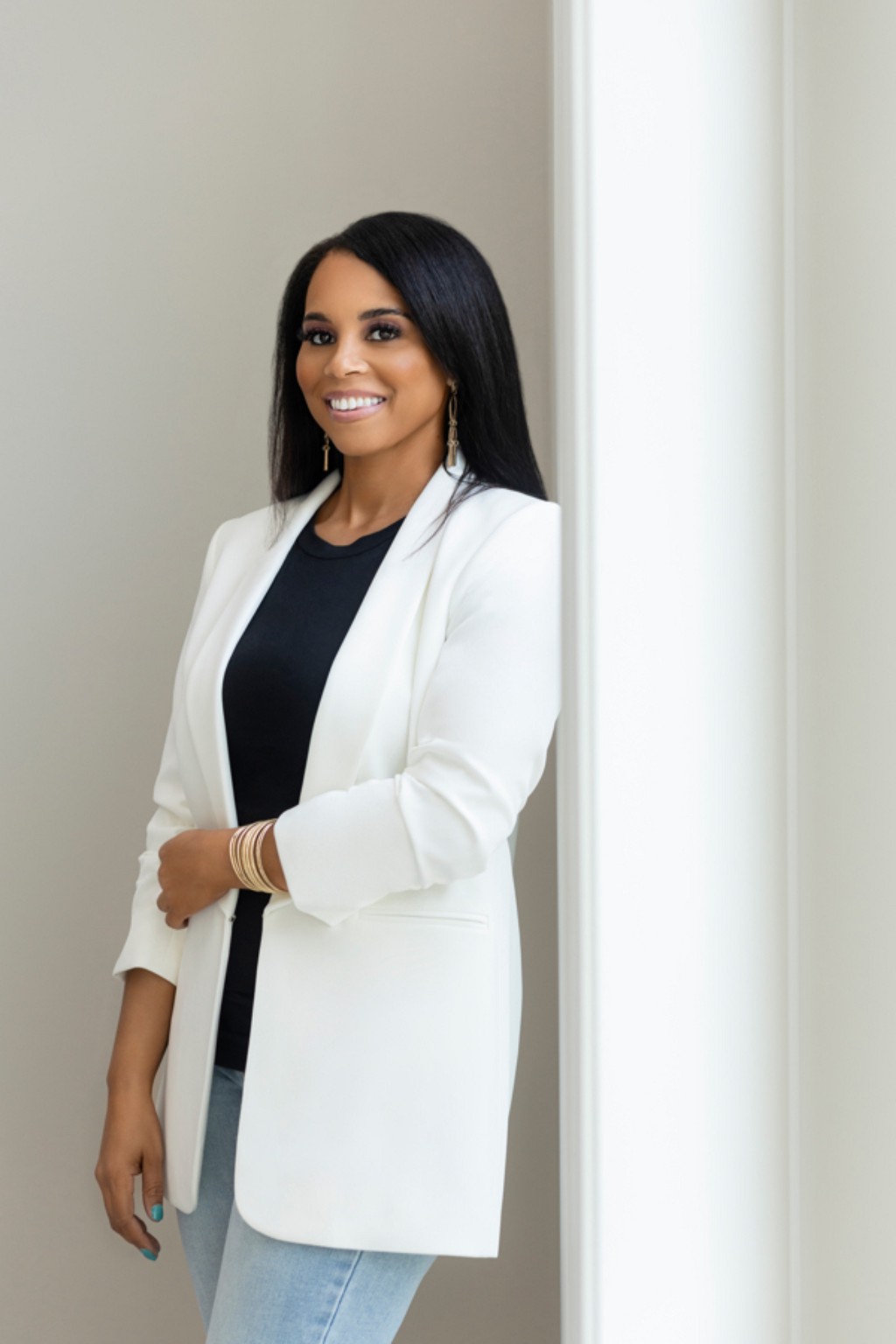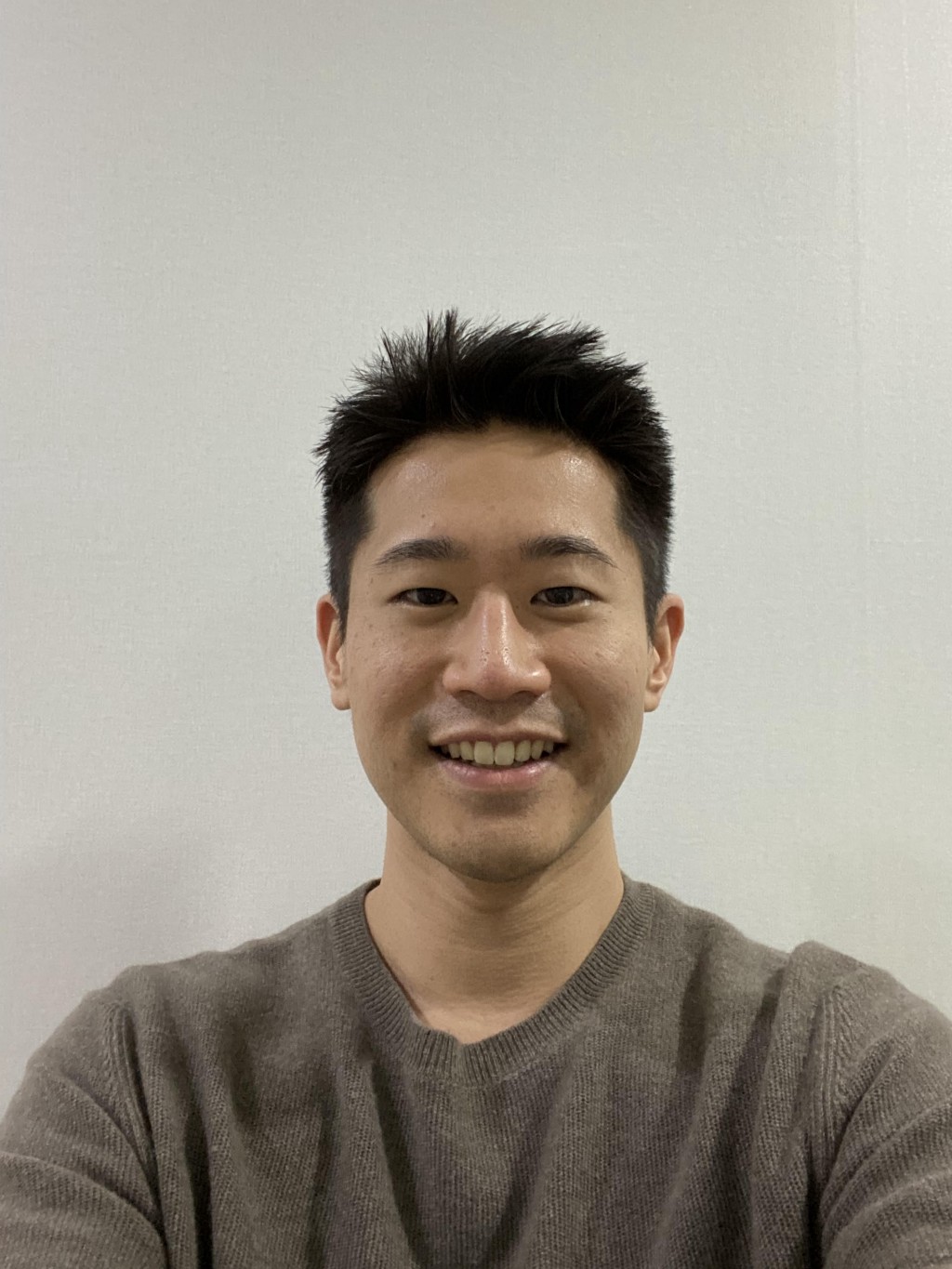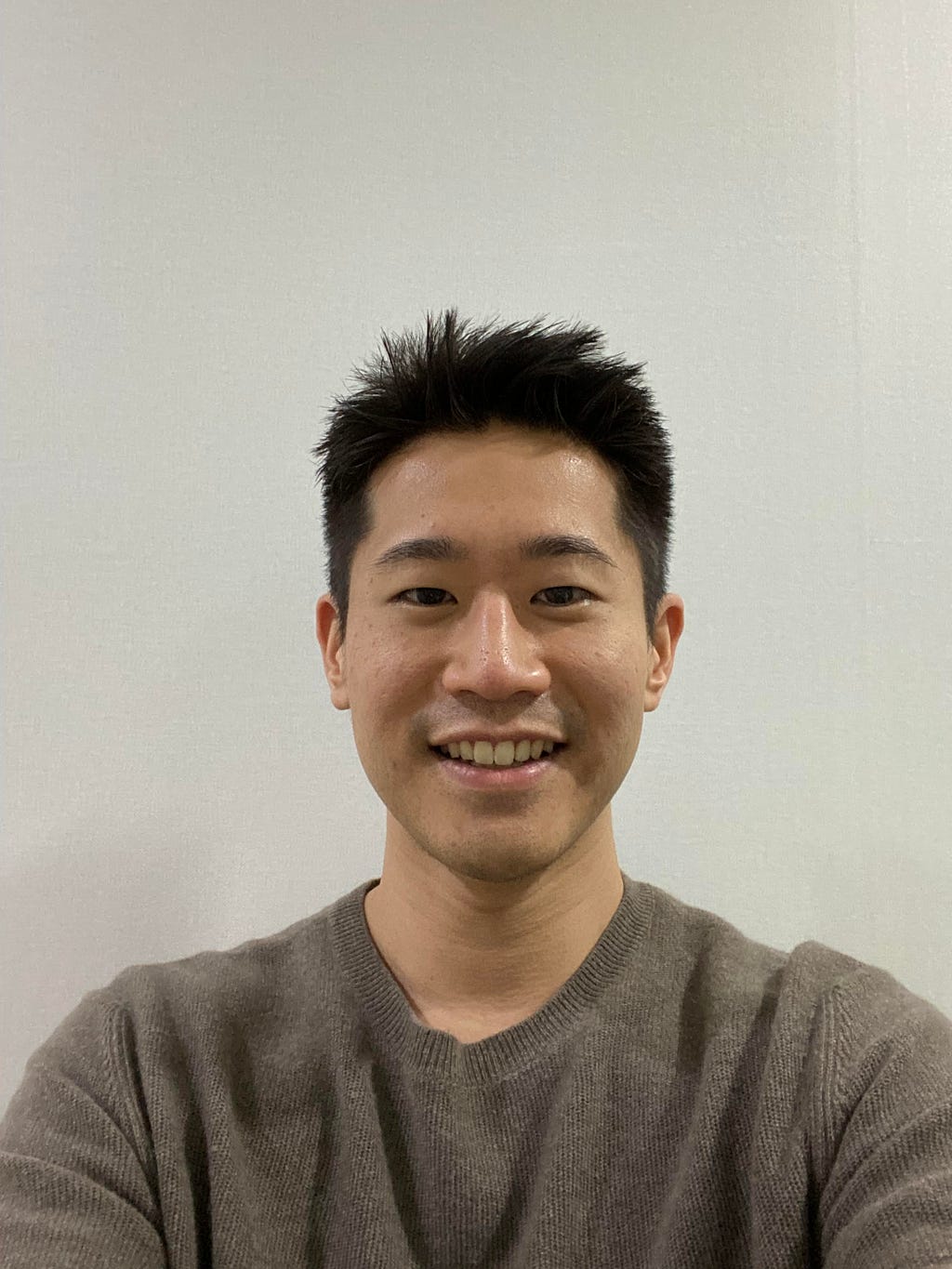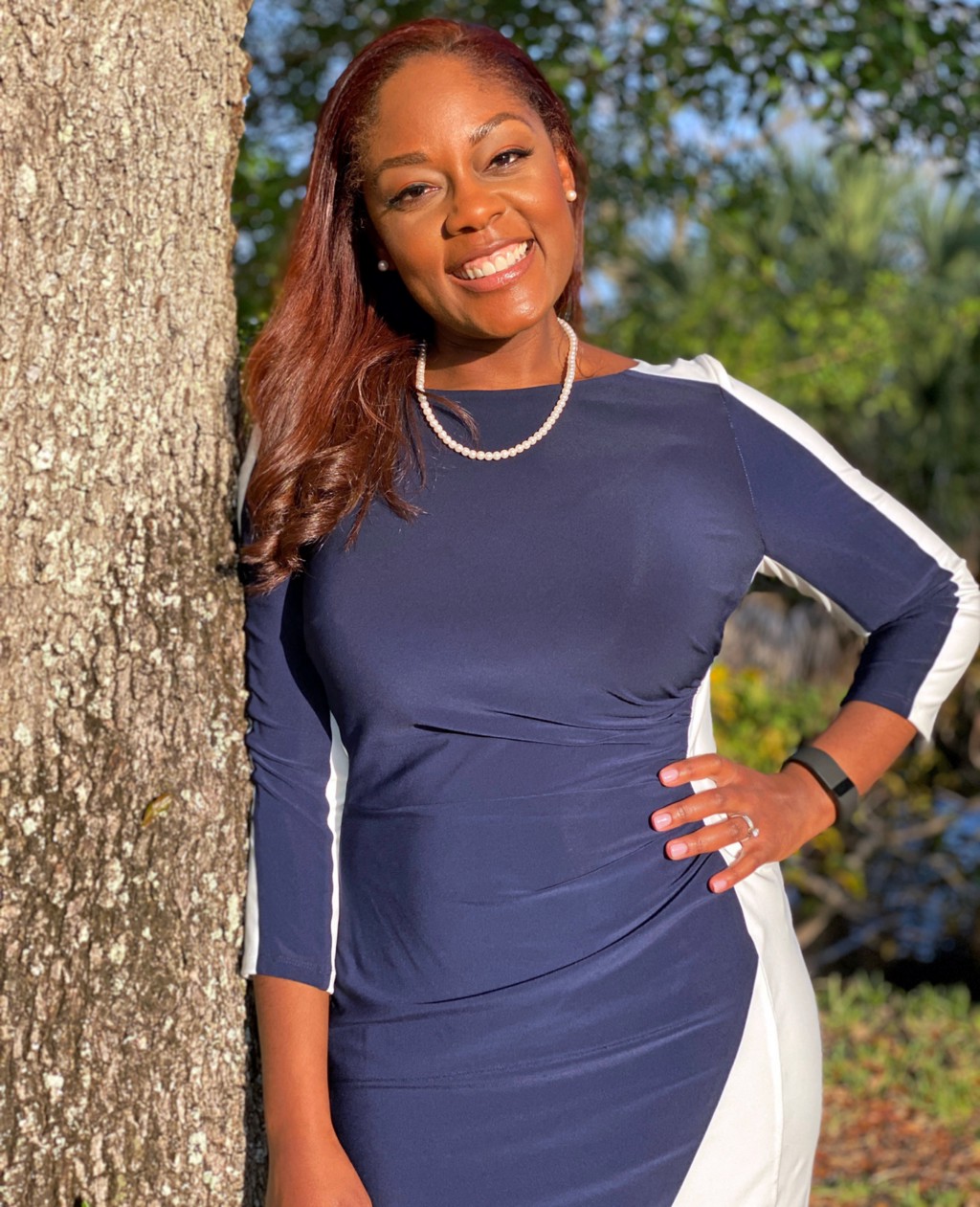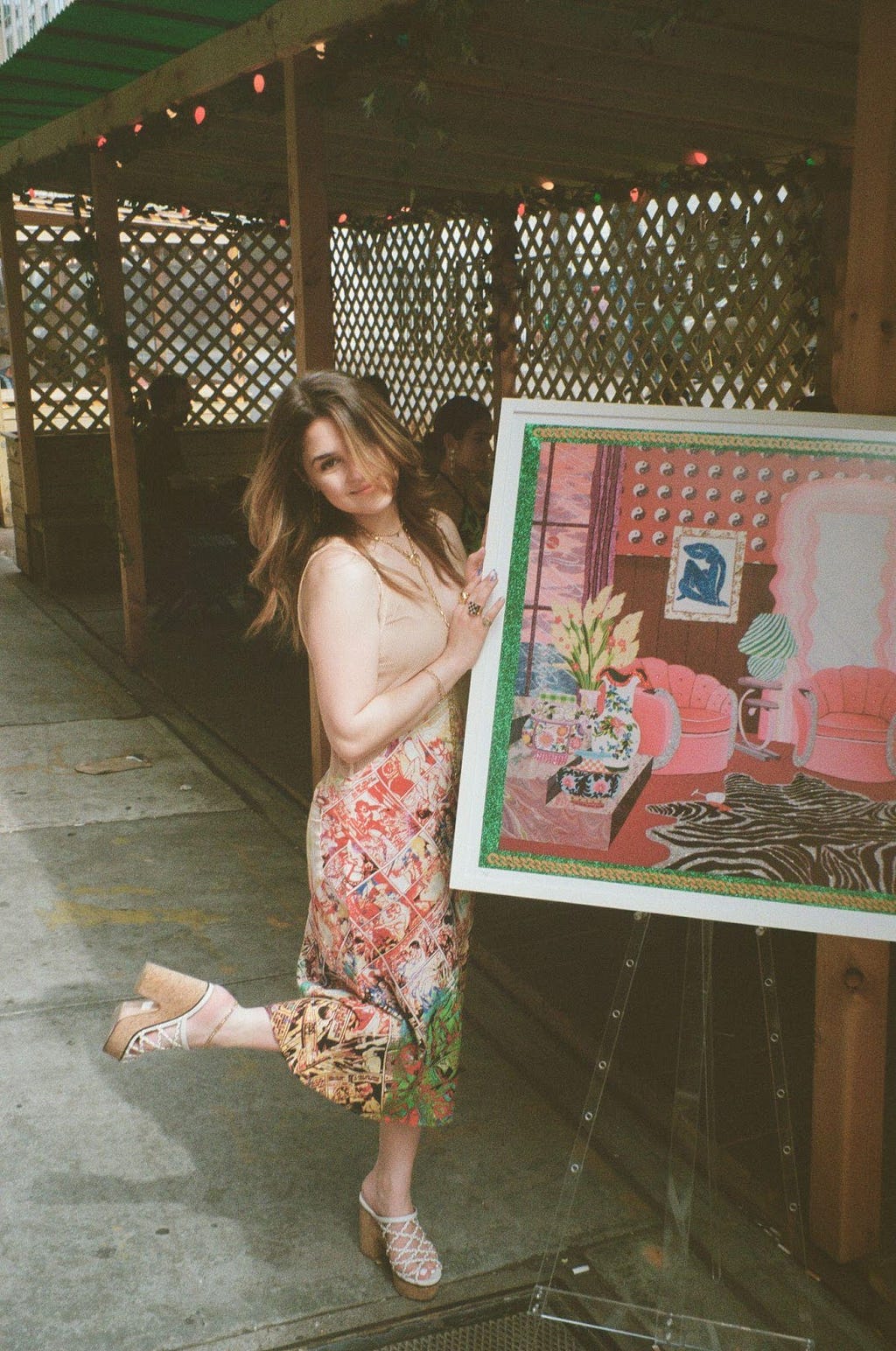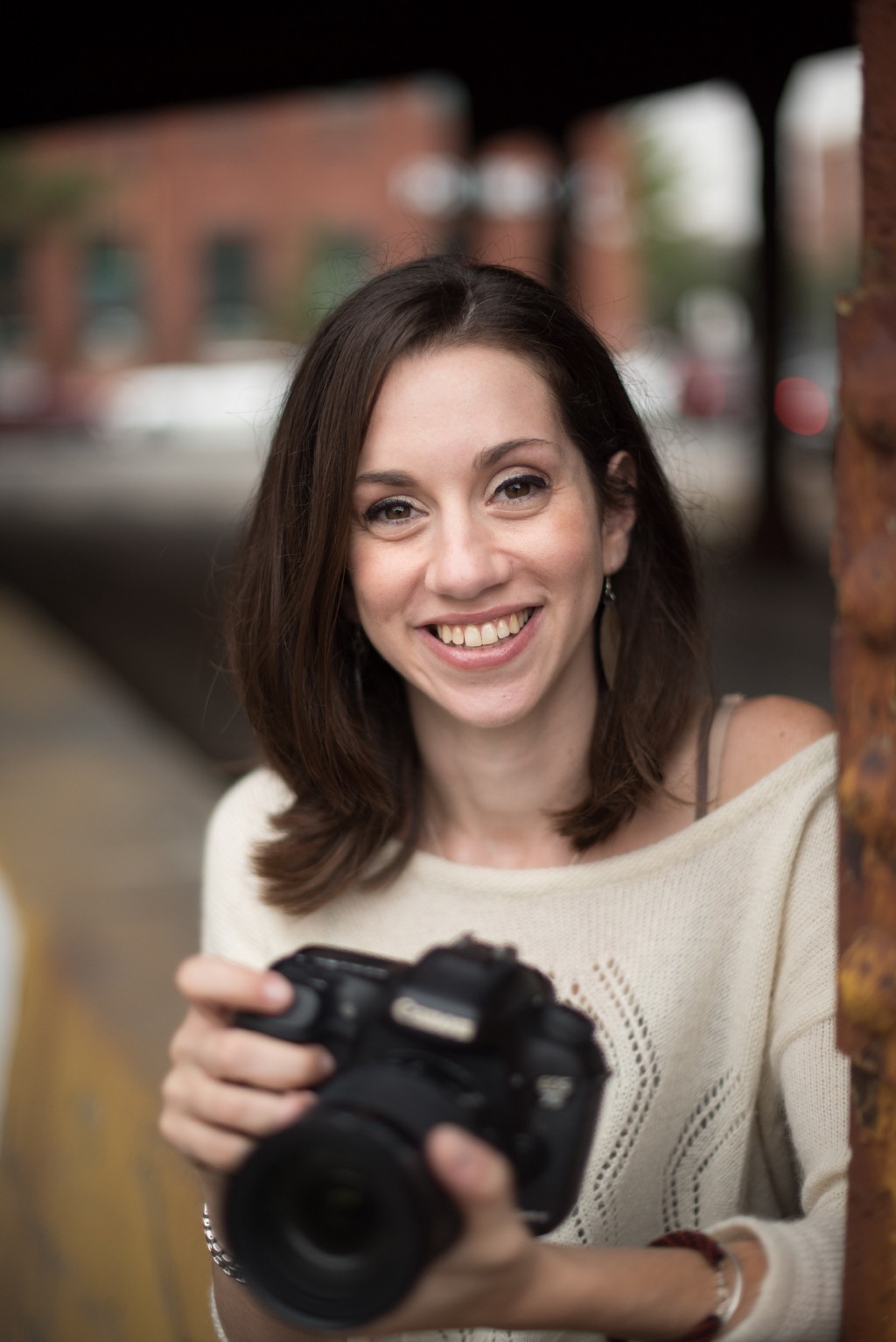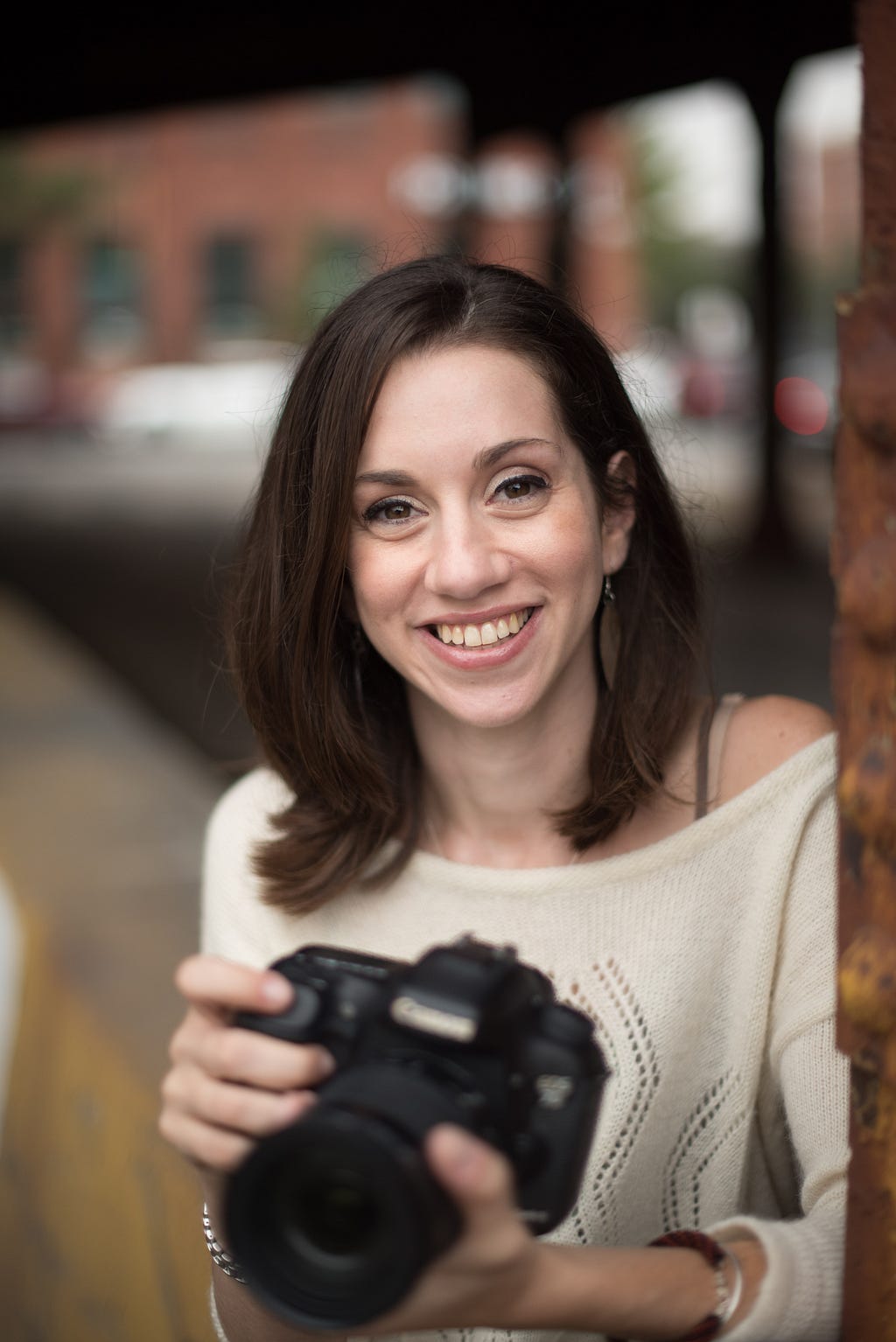Brandy Mabra of Savvy Clover Coaching & Consulting: They Told Me It Was Impossible And I Did It Anyway
An Interview With Candice Georgiadis
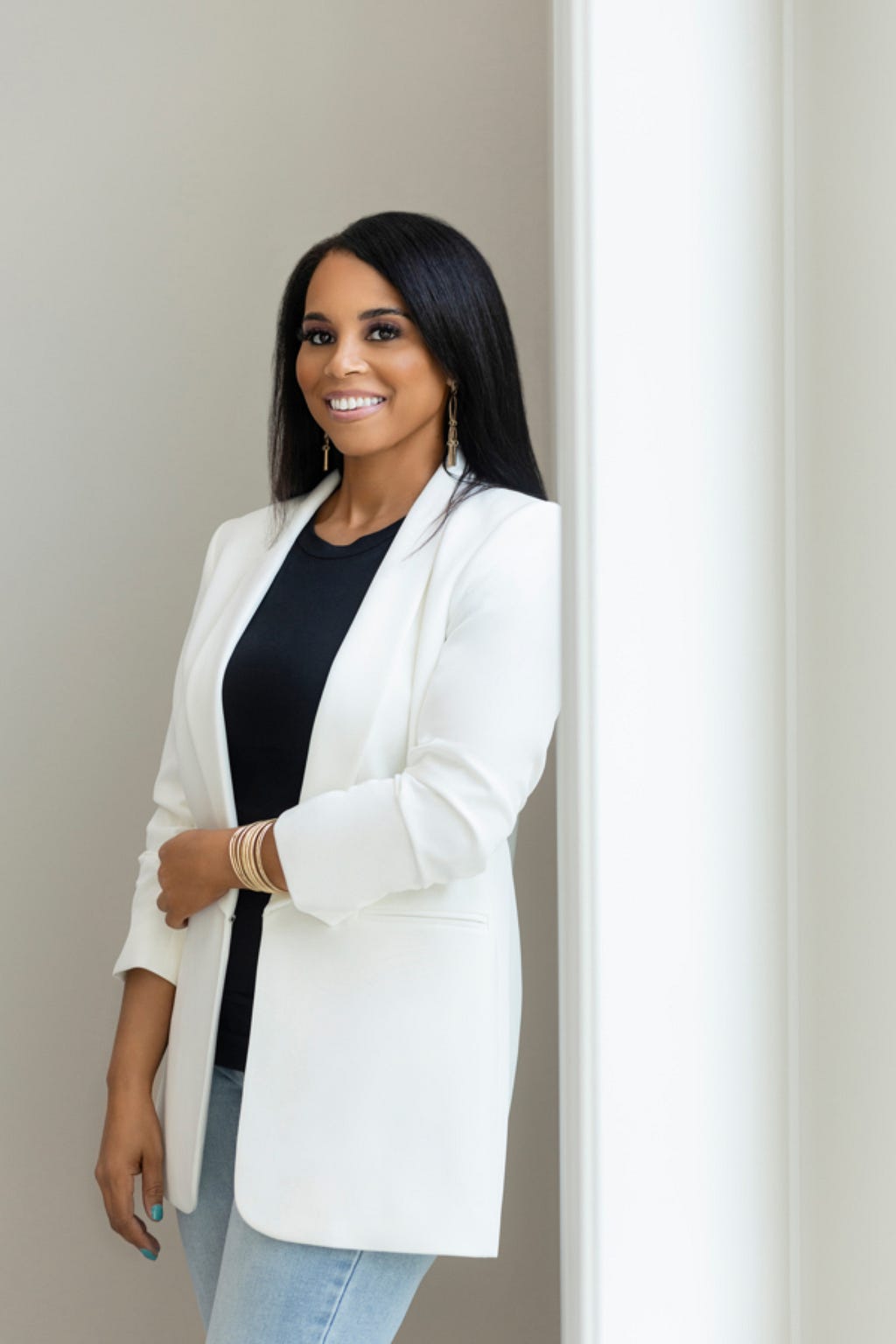
Own that you’re never at the mercy of any situation. Regardless of any situation, we always have control over how we perceive it and how we decide to show up. This isn’t a new insight, however it is one of the things I always keep in mind. We are promised abundance and if we decide to own this mindset, the world is our oyster to achieve greatness.
As a part of our series about “dreamers who ignored the naysayers and did what others said was impossible”, I had the pleasure of interviewing Brandy Mabra.
Brandy Mabra is the CEO of Savvy Clover Coaching & Consulting and is a Business and Leadership Coach. She has 15 years of business management and leadership experience. Brandy runs a successful online coaching business empowering her clients to own their role as a bold, and confident CEO to scale their businesses with a strong infrastructure and an engaged team using her signature SAVVY method. Brandy is a member of the Forbes Coaches Council and has been featured in Forbes, Entrepreneur, PopSugar and Create & Cultivate, as well as multiple podcasts like the Stacking Benjamins Podcast, Systems Save Me and Group Practice Exchange to name a few.
Thank you so much for joining us! Our readers would love to ‘get to know you’ a bit better. Can you tell us your ‘backstory’?
I’m originally from a small town in Ohio and have always had a big imagination. I remember when I was little having an imaginary friend named Nina and telling her I was going to be a famous ice skater and a Pediatrician one day. At the time there was a famous black female ice skater named Debbie Thomas who was also in med school to be a Pediatrician, so I wanted to be like her. Although I never ended up being an ice skater or going to med school. I did end up growing up and making a name for myself as I climbed the corporate ladder making it to the C-suite building medical group practices in the healthcare industry.
During the course of my management career I made it to tables where I was in many cases the youngest and the only Black woman. There were challenges I faced leading to me getting my master’s degree. I wanted to learn as much as I could about business, business infrastructure and leadership. With my son being so young at the time, there were nights where I stayed up until 3–4 a.m. doing class work, then turning around to wake up at 6 a.m. to get my son to daycare so I could head to work. The challenges made it worth it as I earned more.
I’ve always been resourceful and determined.
Even before my management career I wanted to create a better life for my son. So as a single mother fresh from filing bankruptcy I moved from Ohio to North Carolina with my 1 year old in a rental car with only our luggage and my last paycheck. I wasn’t sure what my life was going to look like. All I knew is I was meant to do more with my life and I needed to increase my pay so I could provide for my son. Within a month of the move, I got my first management job.
Fast forward to today, I left my well paid, “secure” 6-figure management job and took the leap. Taking this leap was something not many people in my circle understood and still sometimes have a hard time understanding.
Are you working on any new or exciting projects now? How do you think that will help people?
Yes, I’m in the process of creating a CEO course for entrepreneurs and business owners to empower them as the CEO of their company and teach them business management and leadership CEO skill sets. There are so many entrepreneurs and business owners who start a business and don’t have the knowledge for how to build a strong infrastructure with efficient operational processes and systems and an engaged team. Chaos and team turnover cost money. In addition, with so many businesses failing. My goal is to help increase the business success rate.
In your opinion, what do you think makes your company or organization stand out from the crowd?
I’m a Black woman teaching leaders how to be a CEO. Most often when we think of CEOs we think of Steve Jobs, Bill Gates, Elon Musk. I’m none of the above. I’m here to change the perception and help diversify who we think about as your typical CEO leader who runs a company. The best way to do that is by teaching the CEO skill set to others.
Ok, thank you for that. I’d like to jump to the main focus of this interview. Has there ever been a time that someone told you something was impossible, but you did it anyway? Can you share the story with us? What was your idea? What was the reaction of the naysayers? And how did you overcome that?
Yes, starting with birth. I was a premature baby weighing a whopping 3 pounds and 4 ounces. My mother was told I would die and if I lived, I would have severe mental and physical limitations. My mother has always told me I was strong-willed and despite what the doctors told her she knew I would be fine.
As I grew older, my limitations would be the extent of speech impediment showing up as stutter. After years of speech therapy, I was able to control my stutter and find my voice. Today, most don’t notice, despite the fact internally I can feel as if my mouth is moving faster than my brain. However, that has never stopped me from having the desire to get my message out into the world. We are all a work in progress.
I believe the determination I had as a baby, moving past my stutter and deciding to not let my setbacks deter me from doing more in life and in my career. I’ve always been the one to step up to challenge. For example, when I told people about me leaving my management career to be in my business full time or when I told others I was moving to a state with no job, no car, limited amount of money and baby. The instant response is always “Are you sure?” or “What are you going to do if it doesn’t work out?”
I always ignore the chatter and find a way that will allow me to fully step into who I’ve been called to be. I might not have all the answers. I might have to sacrifice along the way. For example, for years before I was high enough in my management career to make over a 6-figure salary, we frequently ate peanut butter sandwiches and chicken noodle soup. It was a budget favorite. My son loved it. I knew it was all we could afford at the time. I knew our situation was temporary.
Life is always changing and giving you opportunities to learn. It’s these lessons that create your success recipe for when the next challenge comes around.
Being a full-time business owner with a growing business there are times when we have to get creative, make pivots, and things sometimes don’t go the way we want. When this happens I go back and think about the moment when I moved with no real guarantee anything would work out.
In the end, how were all the naysayers proven wrong? 🙂
I’m still living, with no mental or physical limitations like the doctors told my mother. I’m a Black woman who can say she’s worked in the C-suite and made a great career for herself with a salary only 5% of women can say they make. I didn’t end up homeless like some thought I would when I made the move without a fleshed-out plan. In fact, I own a beautiful home. I’m able to provide a lovely life for my son and now a blended family of four. I love to travel and have been to amazing places all over the world. Plus, I have the freedom I longed for owning my days with a growing business.
None of us are able to achieve success without some help along the way. Is there a particular person who you are grateful towards who helped get you to where you are? Can you share a story about that?
I have been blessed to work with amazing mentors. One mentor in particular that I had earlier on in my management career is who I always credit for my success today. Her name was Debbie. She inspired me and would always remind me to enjoy the journey, not rush my growth as I often would want to as an impatient, goal-oriented professional.
As I grew in my career, she pushed me to apply for the next position. She purposefully gave me projects that would require me to get out of my comfort zone. Looking back, she is who I’ve developed my leadership style after. I think about her often. Above my desk is a plaque she gave me that has been in every office I’ve worked in, in every company. I always think about her. The plaque says “enjoy the journey”.
It must not have been easy to ignore all the naysayers. Did you have any experiences growing up that have contributed to building your resiliency? Can you share the story with us?
In addition to growing up with a stutter, I was shy and socially awkward in many situations. I’m a classic introvert. I used to keep how I felt to myself. But, my family empowered me to speak my mind and make my opinions heard. It’s this that has helped me get noticed at tables where I otherwise might have faded into the background. I’m now quick to contribute to a conversation if I’m passionate about the topic.
We all bring a unique perspective to the table. I was taught to honor my journey and not feel ashamed of where I came from. I didn’t grow up with a lot of money. I wore the same jeans every day when I was in high school and used to borrow my friends’ clothes. The funny thing is that I ended up winning best dressed oddly enough. One thing I know about myself is I will always find a way to make the best out of a situation. When I was in high school, I needed clothes and found a way. It’s this same attitude that has helped me in building my business. I’m always looking for the opportunity around me to make the best out of my situation and it’s this reason I was able to grow in my career and in my business.
Based on your experience, can you share 5 strategies that people can use to harness the sense of tenacity and do what naysayers think is impossible? (Please share a story or an example for each)
1.) Get clear on what you want. One of the things I’ve always been clear on is what I wanted out of life. Whether it was wanting a better situation for myself and my family, making more money, creating a bigger impact. I’m fully aware of what I desire.
2.) Ask yourself what is standing in the way of what you want. Over the years some things that were in the way of the goals I wanted to achieve were where I was living, which is why I moved. Lack of education, which is why I went back to get my Master’s degree. Lack of freedom to do more for others and be with my family, which is why I started my own business.
3.) Prepare for what you want like it is already yours. I’ve learned to make decisions from where I want to be, not from where I am right now. This has allowed me to keep moving forward and avoid stalling my progress. It can feel scary as you’re stepping into the vision, but once your vision comes to pass it’s amazing to see the results. Have faith.
4.) Use what naysayers say to fuel you, not derail you. I love proving people wrong. I do a little dance inside every time I prove someone wrong. One of my favorite sayings is “watch me work”. People need to be inspired. It’s up to us to decide to do the work so others can see what is possible.
5.) Own that you’re never at the mercy of any situation. Regardless of any situation, we always have control over how we perceive it and how we decide to show up. This isn’t a new insight, however it is one of the things I always keep in mind. We are promised abundance and if we decide to own this mindset, the world is our oyster to achieve greatness.
What is your favorite quote or personal philosophy that relates to the concept of resilience?
My personal philosophy is to concentrate on God’s purpose and He will do the rest. We are not meant to live small lives. We are meant to live extraordinary lives. Part of being resilient is believing in yourself and knowing that you can accomplish anything.
You are a person of great influence. If you could inspire a movement that would bring the most amount of good for the greatest number of people, what would that be? You never know what your idea can trigger.
If I could inspire a movement it would be the movement I’m inspiring now. To change the world’s view of what a leader looks like. To honor that as society evolves we all are here to make a difference. There have to be more leaders who want to do right by their companies so we can make a bigger impact collectively.
Can our readers follow you on social media?
Instagram ; Facebook ; LinkedIn
Thank you for these great stories. We wish you only continued success!
Brandy Mabra of Savvy Clover Coaching & Consulting: They Told Me It Was Impossible And I Did It… was originally published in Authority Magazine on Medium, where people are continuing the conversation by highlighting and responding to this story.


